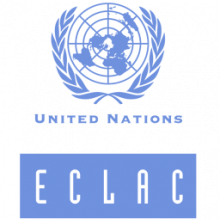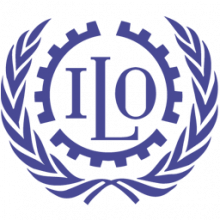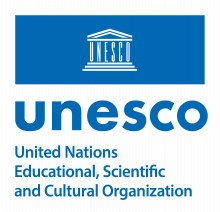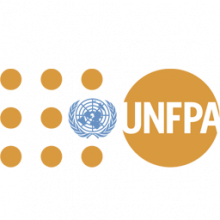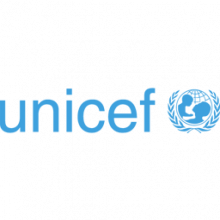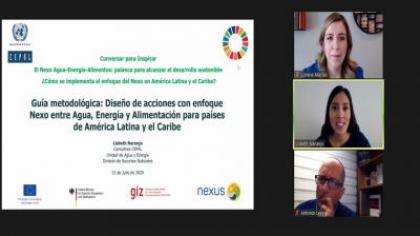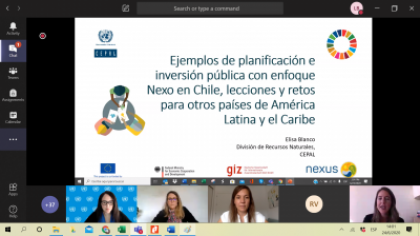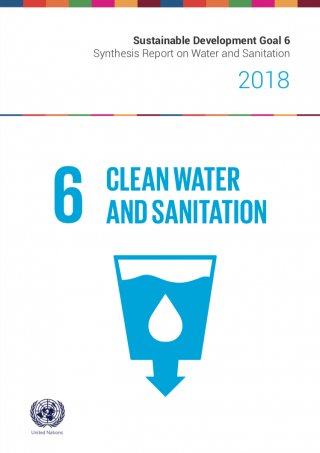
Description
Clean, accessible water for all, in sufficient quantities to sustain ecosystems, is an essential part of the world we want to live in. Although there is apparently an abundance of water on the planet, it is not always available in the manner and quality needed.
Water scarcity, caused by climate change and ineffective management, together with poor water quality and inadequate sanitation all negatively impact food security, livelihood choices and educational opportunities for poor families across the world. In Latin America and the Caribbean, drought mainly afflicts the most densely populated areas and the most vulnerable countries, increasing water insecurity and reducing the capacity to produce food.
By 2050, at least one in four people is likely to live in a country affected by chronic or recurring shortages of fresh water.
Agencies, Funds and Programmes
Regional indicators
Activities
News
Publications
Information Tools
-
Resource TypeInfographics
-
Resource TypeDatabase
-
